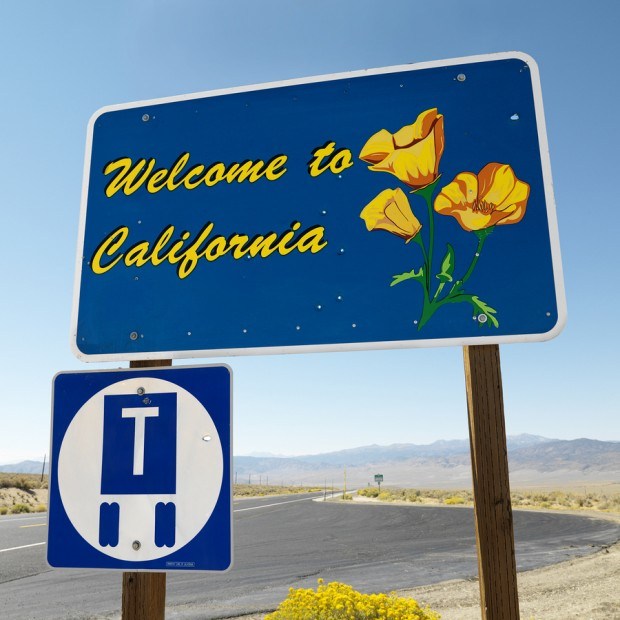Severe flooding in an economically vital part of California’s could cost more than $24 billion in damage, Lloyd’s of London concludes in a new risk analysis of the state.
What’s more, climate change, combined with inconsistent, regional municipal budgets, may not be enough to keep existing levees and other anti-flood safeguards in top share in the years ahead, Lloyd’s found.
Lloyd’s, by way of JBA Consulting, looked specifically at California’s Central Valley, a 19-country region with 6.9 million people and $1 trillion of insurable, mostly agricultural assets.
The conclusion: A 1-in-100 year flooding event could cause $24.1 billion of damage excluding business interruption losses, based on current estimates of population and assets. (This excludes demand surge or business interruption losses.)
It is true that the Central Valley region does have a number of protections, including 20,000 kilometers of levees and flood control structures. There are also 150 reservoirs on tributaries. As Lloyd’s notes, however, these protections offer a highly variable level of flood protection and aren’t necessarily enough for a 1-in-100 year flooding event.
“Generally, defenses have a standard of protection for less than the 1-in-100-year flood,” Lloyd’s said in its analysis. “This level of protection will be eroded if infrastructure is not maintained, [and] analysis of the available data for some countries suggests that current budgets are insufficient to cover present and projected operation and maintenance costs.”
Even if municipal budgets were enough to keep flood protections in top condition, climate chance would erode those safeguards, Lloyd’s argued. That added factor will end up enlarging the probabilities for a 1-in-100 and 1-in-200 year flood in the Central valley region, according to the report.
If that is the case, then there could be a spillover effect into another crucial piece of the U.S. property/casualty insurance system. Lloyd’s said that climate change would have “implications” for the U.S. National Flood Insurance Program – an entity that offers subsidies to encourage the use of flood insurance. If climate change adds to flood costs, then the program will face similar circumstances, Lloyd’s said.
How can insurers help? Lloyds said that the industry, for one thing, needs more sophisticated catastrophe modeling for the Central Valley region, plus more investment in flood infrastructure. But there’s more than that. Lloyd’s said the insurance industry can also help businesses and communities better understand the flood risks they face, and how to mitigate the risks.
Another key toward keeping things running: Lloyd’s notes that private insurers provide surplus flood cover above National Flood Insurance Program Limits, plus forced place cover in conjunction with banks.
Lloyd’s said it wants its analysis to support more accurate risk-based pricing, and also to serve as a tool to help insurers and reinsurers “play a major role in sustainable flood resilience.”
Source: Lloyd’s of London





















 Executives on the Move at Liberty Mutual, Cowbell, W. R. Berkley
Executives on the Move at Liberty Mutual, Cowbell, W. R. Berkley  Five AI Trends Reshaping Insurance in 2026
Five AI Trends Reshaping Insurance in 2026  Berkshire Hathaway Enters Post-Buffett Era as Share Prices Fall
Berkshire Hathaway Enters Post-Buffett Era as Share Prices Fall  California Workers Comp Combined Ratio for 2024 Highest in 20-Plus Years
California Workers Comp Combined Ratio for 2024 Highest in 20-Plus Years 











